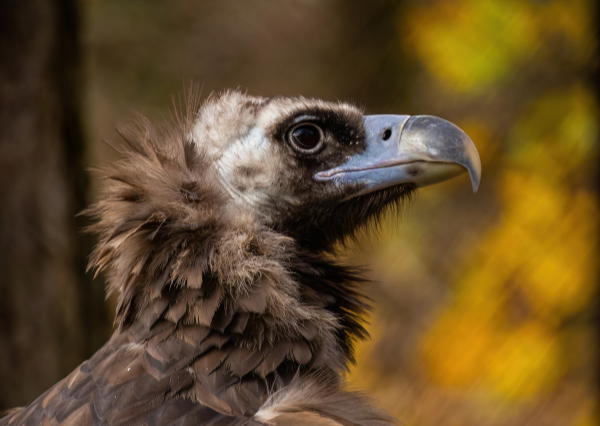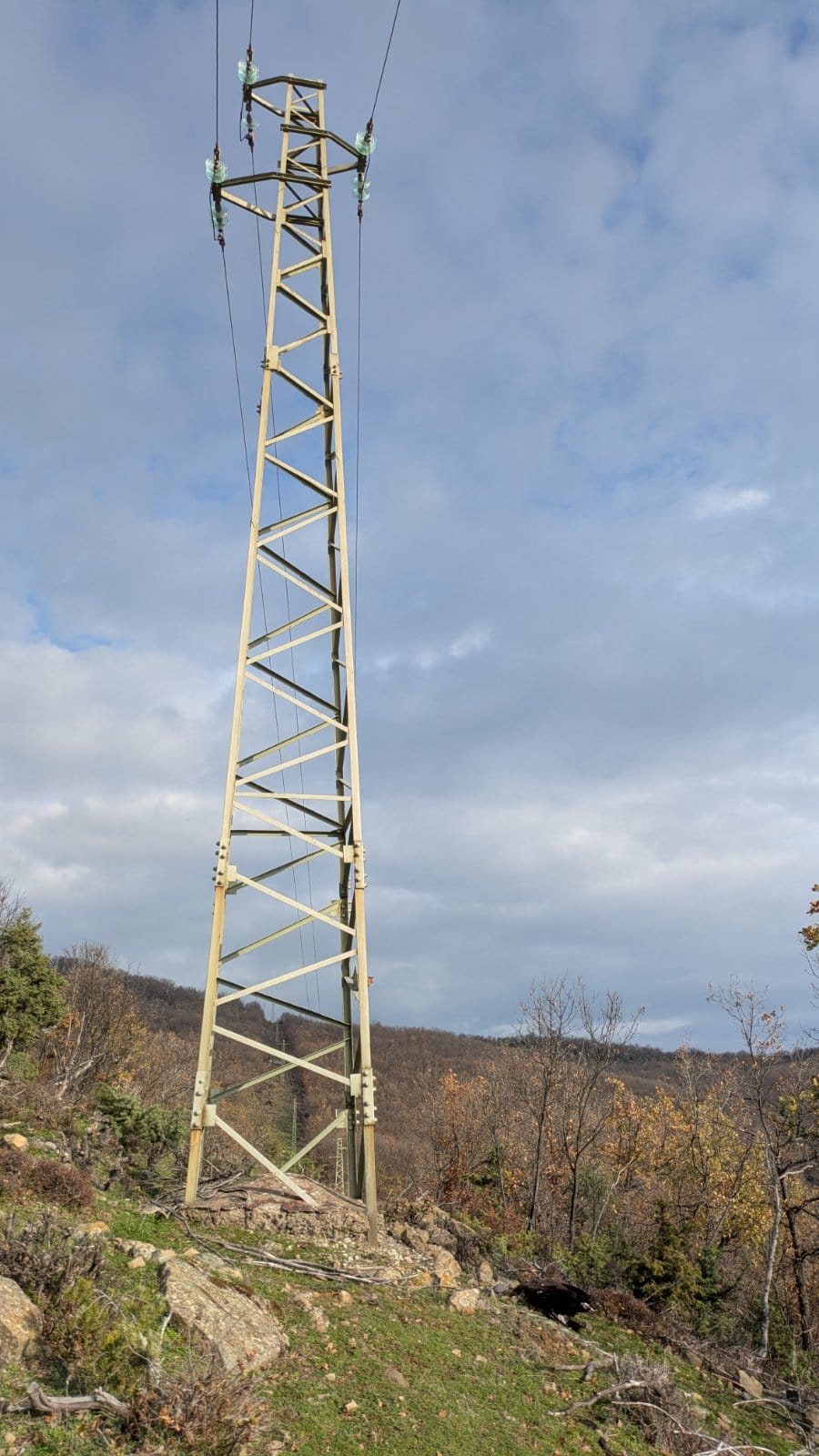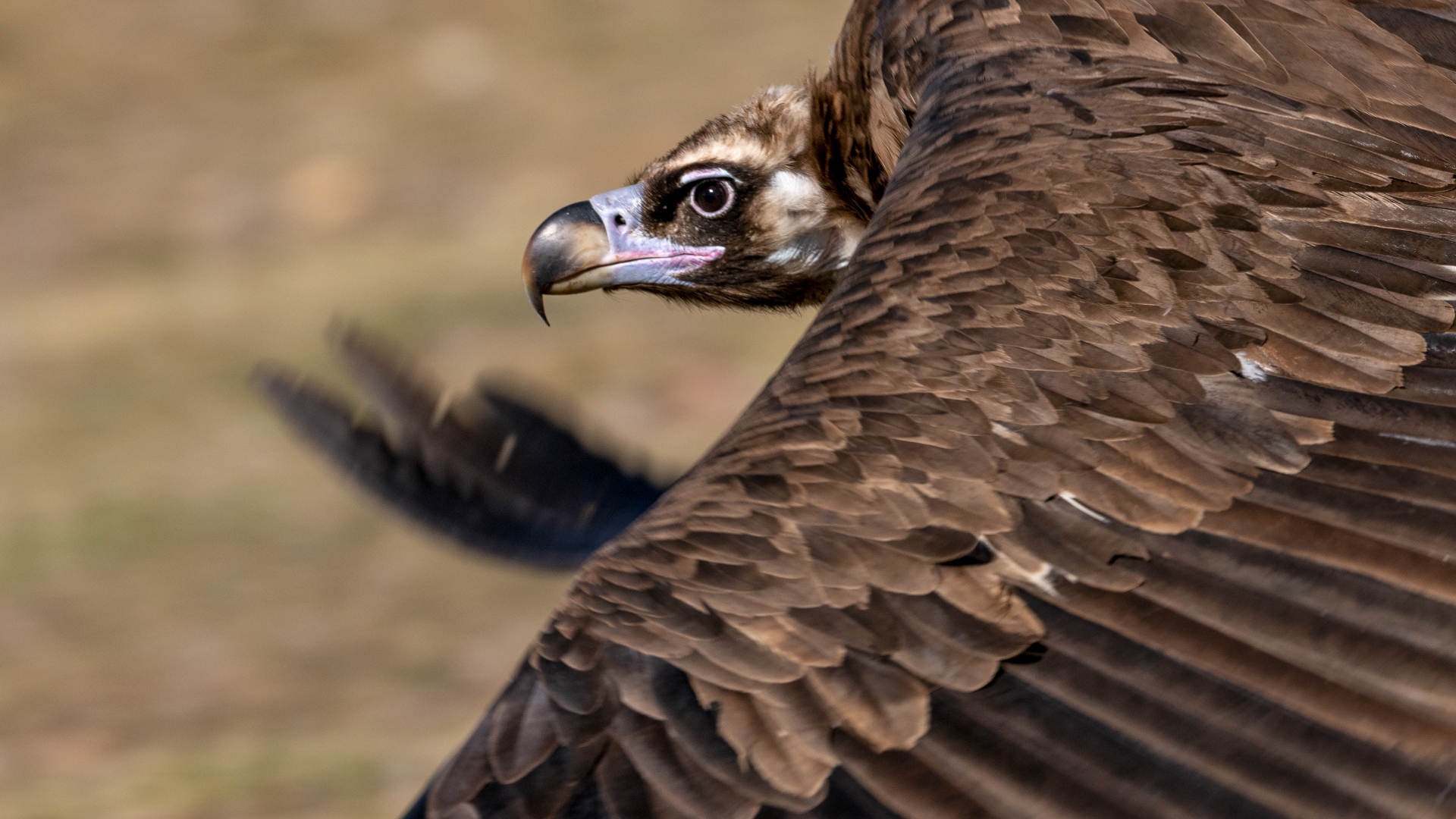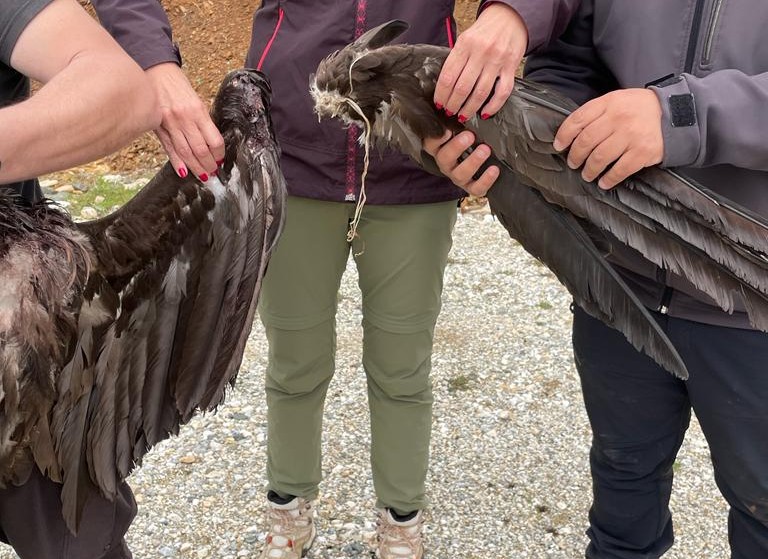For the first time, the migration of juvenile Cinereous Vultures (Aegypius monachus) from Central Asia has been documented thanks to a collaborative tagging effort between the Vulture Conservation Foundation (VCF), the Central Asian Vultures Project, and the Biodiversity Research and Conservation Center (Kazakhstan).
With the support of GPS/GSM transmitters provided by VCF, five juvenile Cinereous Vultures were tagged in their nests in late July 2024—three in Kazakhstan and two in Uzbekistan.
Since then, these young vultures have already embarked on fascinating journeys, offering valuable insights into their movements and helping us better understand and protect the species.
Meet the birds: Asu, Jeptis, Karasha, Nurata and Hayat
The young tagged vultures were named Asu, Jeptis, and Karasha (Kazakhstan), and Nurata and Hayat (Uzbekistan). After spending around three months near their nesting sites in the Syrdarya-Turkestan State Regional Natural Park in Kazakhstan and the Nuratau Natural State Reserve in Uzbekistan, the birds began their first southward migration in late October and early November 2024.
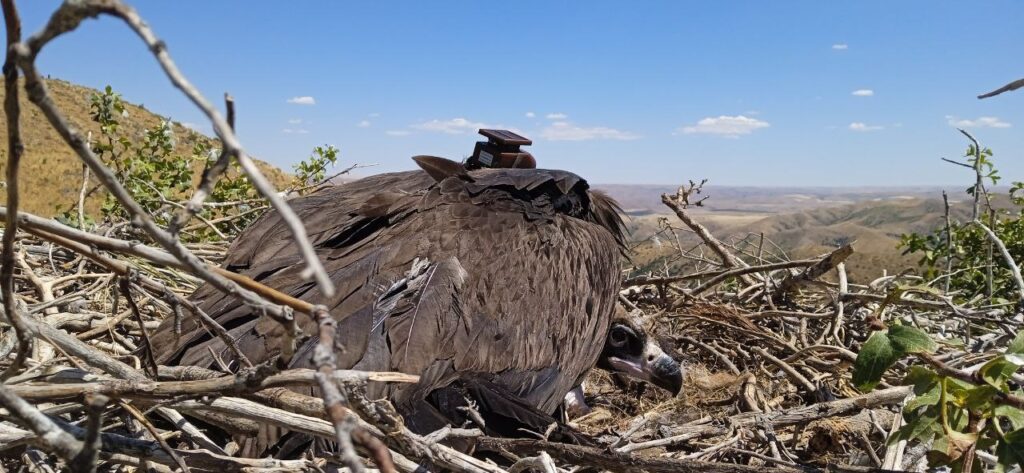
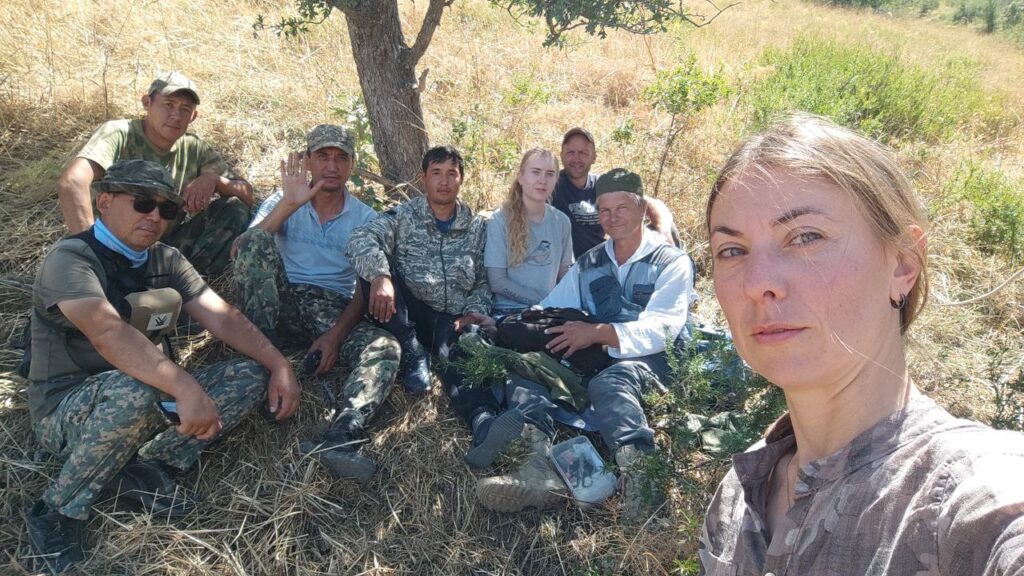
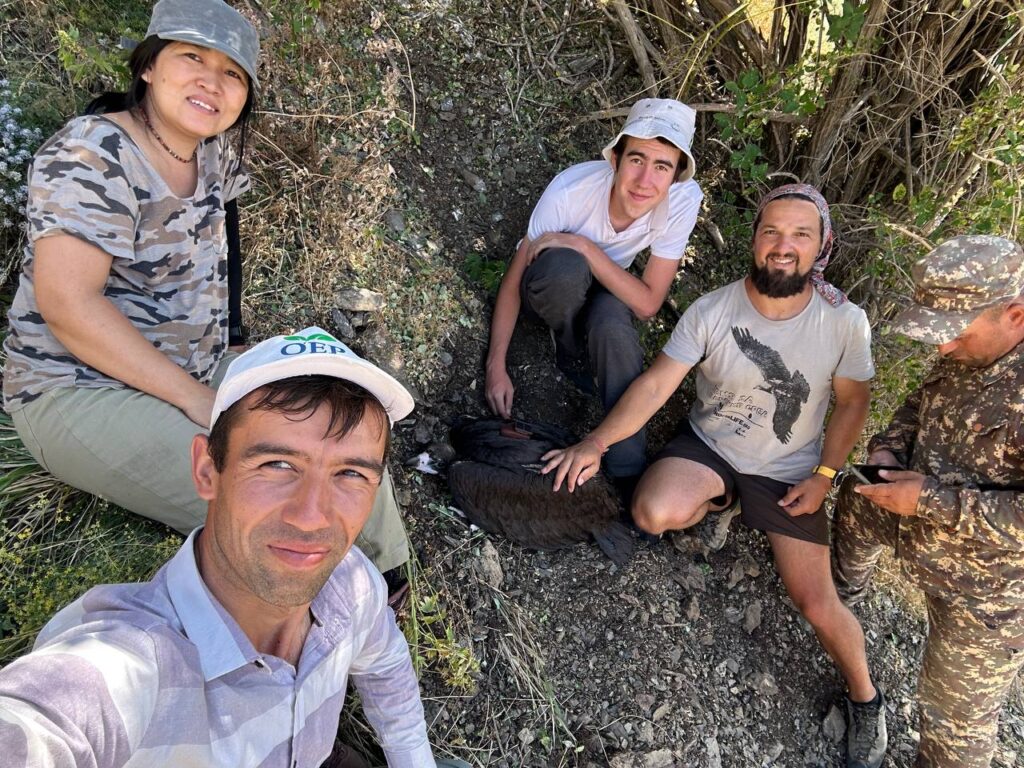
Four of the five vultures migrated to the Indian subcontinent—three to Rajasthan, India, and one to the Karachi region in Pakistan—while one bird remained in Central Asia, relocating further south to a dumpsite in Tajikistan. On average, the migration took 26 days, covering approximately 2,350 kilometers. Vultures from Kazakhstan traveled slightly farther due to their more northerly origins.
New insights into wintering grounds
The juveniles have since settled in areas with abundant food resources. Both Rajasthan and southern Pakistan, which are known wintering grounds for Cinereous Cultures. This new tracking venture now provides the first direct evidence that at least some of these wintering populations originate from Central Asia.
Next steps
As these juvenile vultures continue their journeys, their movements will provide new insights that can help secure the future of the Cinereous Vulture in Central Asia.
Big thanks to the Syrdarya-Turkestan State Regional Nature Park in Kazakhstan, the Nuratau State Reserve in Uzbekistan, the Institute of Zoology in Uzbekistan, and all the partners in the field.



